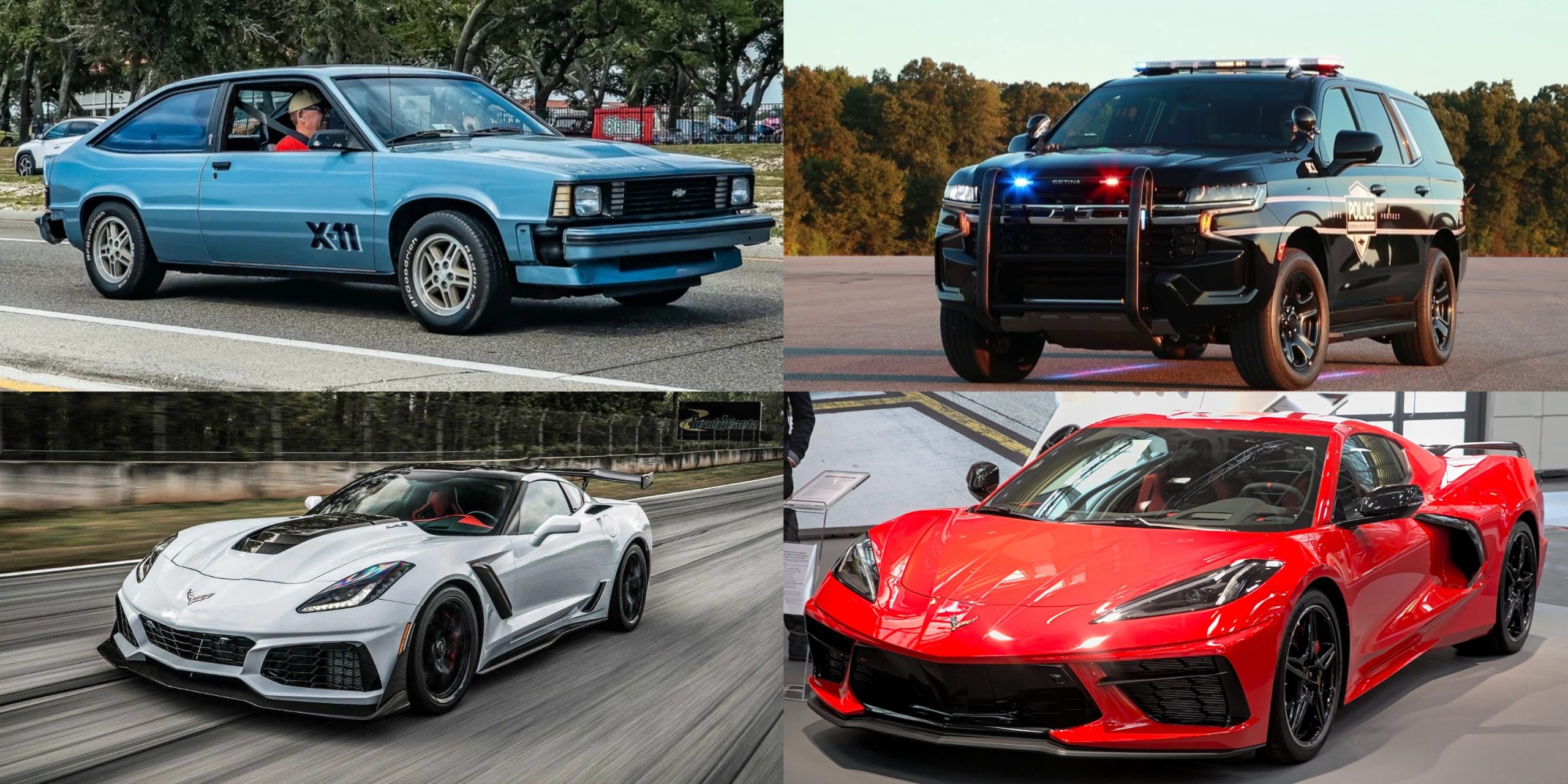Few automakers are as massive and influential as General Motors. From pioneering America’s first muscle car—the iconic Pontiac LeMans GTO—to introducing game-changing big-block engines, GM has played a defining role in shaping automotive history.
Legendary models like the Corvette and Camaro, along with powerhouse engines such as the Chevy LS9, Buick 3800, and the beastly 454 Big Block, showcase why GM has remained a pillar of the U.S. auto industry for well over a century.
As one of the “Big Three,” its legacy includes a long list of unforgettable vehicles. The Corvette, for example, has stood the test of time since its 1953 debut, while the 1970 Chevelle SS and the modern-day 2020 Camaro SS demonstrate GM’s continued passion for muscle cars, even as the era of internal combustion winds down.
But GM’s vast history isn’t without its missteps. With a company this large, the automotive journey includes both iconic hits and unfortunate flops.
Models like the Chevrolet Citation, Vega, 1987 Pontiac LeMans, and the Cadillac Cimarron are just a few examples of vehicles that failed to meet expectations and have since earned a place on lists of the worst cars ever made.
It’s important to remember that car opinions are subjective—what one person sees as a failure, another might find charming or nostalgic. Still, some GM vehicles have missed the mark so spectacularly that they’re remembered more for their shortcomings than their strengths.
So, with that in mind, let’s take a look back through time at some of the most notable flops and some of the greats from one of the most influential automakers in the world.
Also Read: 10 Vehicles That Still Run With Original Engine and Transmission
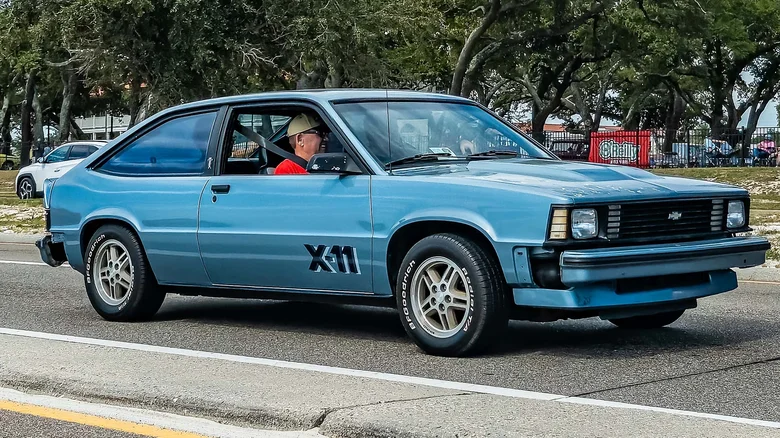
The Chevrolet Citation
Over the years, GM has built many great cars. The failed Chevy Citation is definitely not one of them. Even though more than 1.6 million were sold, it still ended up on many people’s lists of bad cars, including our ranking of the worst cars ever made.
The Citation came out in 1979 as a reaction to the very efficient foreign cars that were starting to take over the market. GM’s solution to this big issue? A two-door or four-door hatchback that came with either a 2.8L V-6 engine with 115 horsepower or a 2.5L four-cylinder engine with 90 horsepower.
Since most foreign cars at that time used front-wheel drive, the Citation had that feature too. This, along with other things like the 20-cubic-foot trunk in the four-door version—which was the same size as the trunk in the Chevy Impala—helped the car become very popular right away.
In 1980, over 800,000 were sold, and many people thought it was something special. But the excitement didn’t last long.
Even though the Citation got a lot of attention in the car world, many people began to see that the car wasn’t as good as they thought. It didn’t turn corners well because of its soft suspension mounts and had problems with the brakes, among other things.
The car was connected to 15 deaths before the U.S. Department of Justice had to get involved and sue General Motors. It was discovered that GM had rushed the car’s development and didn’t properly test important systems like the drivetrain, which were supposed to make the Citation stand out.
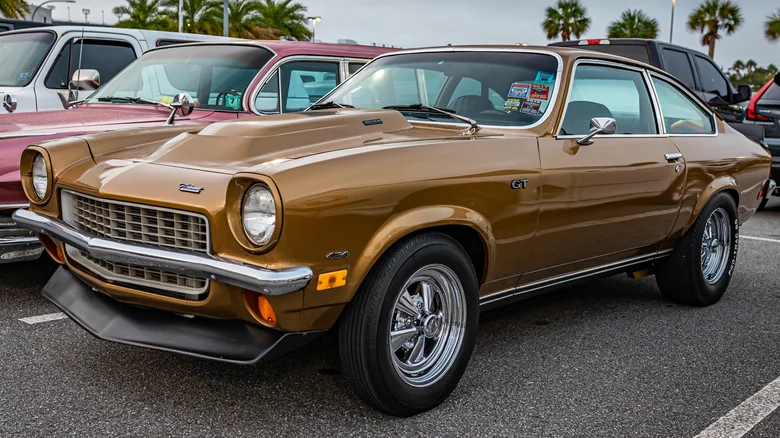
The Chevrolet Vega
While we’re still talking about Chevrolet, let’s bring up the next problem car, the Chevy Vega, which is one of the most disliked Chevrolet models ever made. Chevrolet released the Vega in 1970, and like the Citation, it was meant to compete with the growing number of foreign imports.
Cars like the Datsun 510 were proving to be more affordable and efficient choices. Because of things like rising gas prices and car costs, people wanted an American car that was not only cheap to buy but also didn’t cost much to drive.
The Vega had a low price and came with a 2.3L “2300” single overhead cam inline-4 engine that could make either 70 horsepower with a single-barrel carburetor or 85 horsepower with a two-barrel one.
There was even a GT version with extras like a four-spoke sport steering wheel and a 110-horsepower engine. The price of the Vega was especially appealing, as GM set it at just $2,196 (which would be about $17,340 today).
As many expected, the car sold very well, with over 270,000 units sold in its first year. But soon after, problems began.
Engines started breaking down, gas tanks caught fire, and wheels literally fell off the cars. By 1972, GM had to recall 500,000 Vegas because of these problems and others.

The 1987 Pontiac LeMans
When someone hears “Pontiac” and “LeMans” said together, one of two things usually comes to mind. The first is the 1963 Pontiac GTO LeMans, a very important car in recent history, especially when it comes to muscle cars.
The second is the 1987 Pontiac LeMans, a sedan that didn’t live up to the reputation of the earlier models. In fact, many people consider it one of the most disliked Pontiacs ever made.
The 1987 Pontiac LeMans was meant to represent a fresh approach during a time of change. The muscle car era was over, and since Pontiac had helped start that era with the LeMans GTO, it seemed reasonable to try something different.
But this new direction came in the form of a small, rounded three-door hatchback or four-door sedan that used the body of the Opel Kadett E, a car that had done very well in Europe a few years earlier.
GM worked with the South Korean car company Daewoo to make the LeMans, and it stayed in production until 1992. But the 1987 version only produced 74 horsepower. To put that into perspective, the base engine in the 1964 GTO made 325 horsepower.
The LeMans didn’t have the charm of the older models, and its poor-quality parts made it frustrating to own. Its weak performance made drivers choose other cars. By 1993, it was no longer sold.

Cimarron by Cadillac
Cadillac has been making luxury cars for over 100 years. Over time, it has made several popular vehicles like the Escalade. But it’s also responsible for the Cimarron, a poorly made car from the 1980s that most people have forgotten about — and for good reason.
The Cimarron was supposed to compete with top German luxury cars of the time. But it ended up being the smallest car Cadillac had ever made, and it didn’t include the high-end features people expected from the brand.
At first, it came with a 1.8-liter four-cylinder engine or a 2.8-liter V-6. The 1.8-liter was later upgraded to 2.0 liters and had between 86 and 88 horsepower. The V-6 made 125 horsepower and became the standard engine in the 1987 version.
Most people believe that the Cimarron didn’t connect with its intended buyers because it was just a slightly changed version of the Chevy Cavalier. Cadillac was known for making luxury cars, but the Cimarron didn’t come close to that level.
It didn’t help that it cost $12,131 (equal to $40,202 today), which was nearly twice the price of the Cavalier, even though the two cars were basically the same underneath.
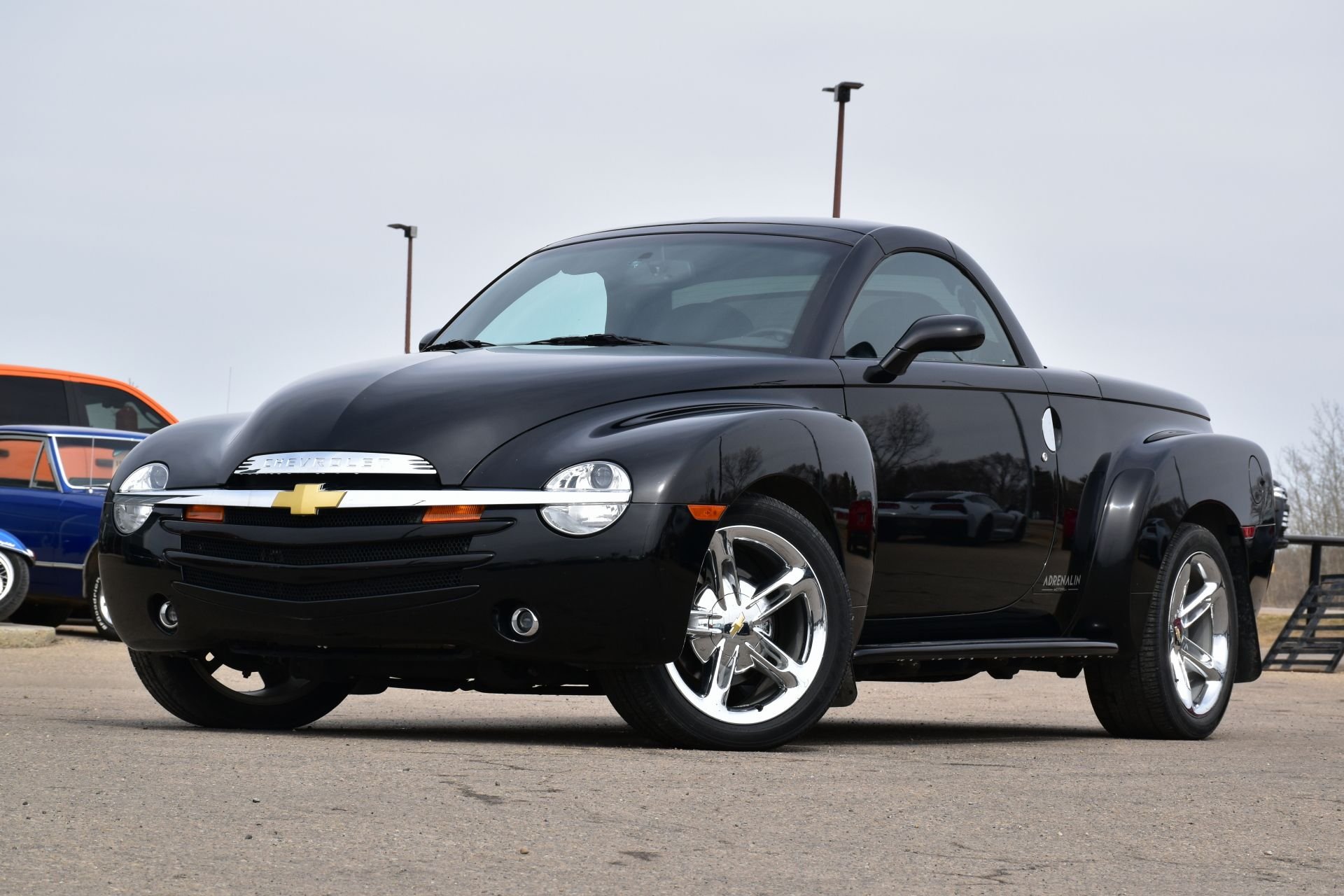
Chevrolet SSR
The Chevrolet SSR had a bold and unusual design that aimed to mix the usefulness of a truck with the performance of a sports car, but it didn’t succeed in doing either. By the time the final version was made, the vehicle looked more like a mix between an SUV and a minivan that was trimmed down to resemble a sporty car.
Even with one of the larger V-8 engines, the SSR took nearly eight seconds to go from 0 to 60 mph. The car was too heavy to offer real speed, and since its suspension was designed like a truck’s, it didn’t handle well. To make matters worse, GM gave it a starting price of $42,000, while the Chevy Blazer only cost $22,000.
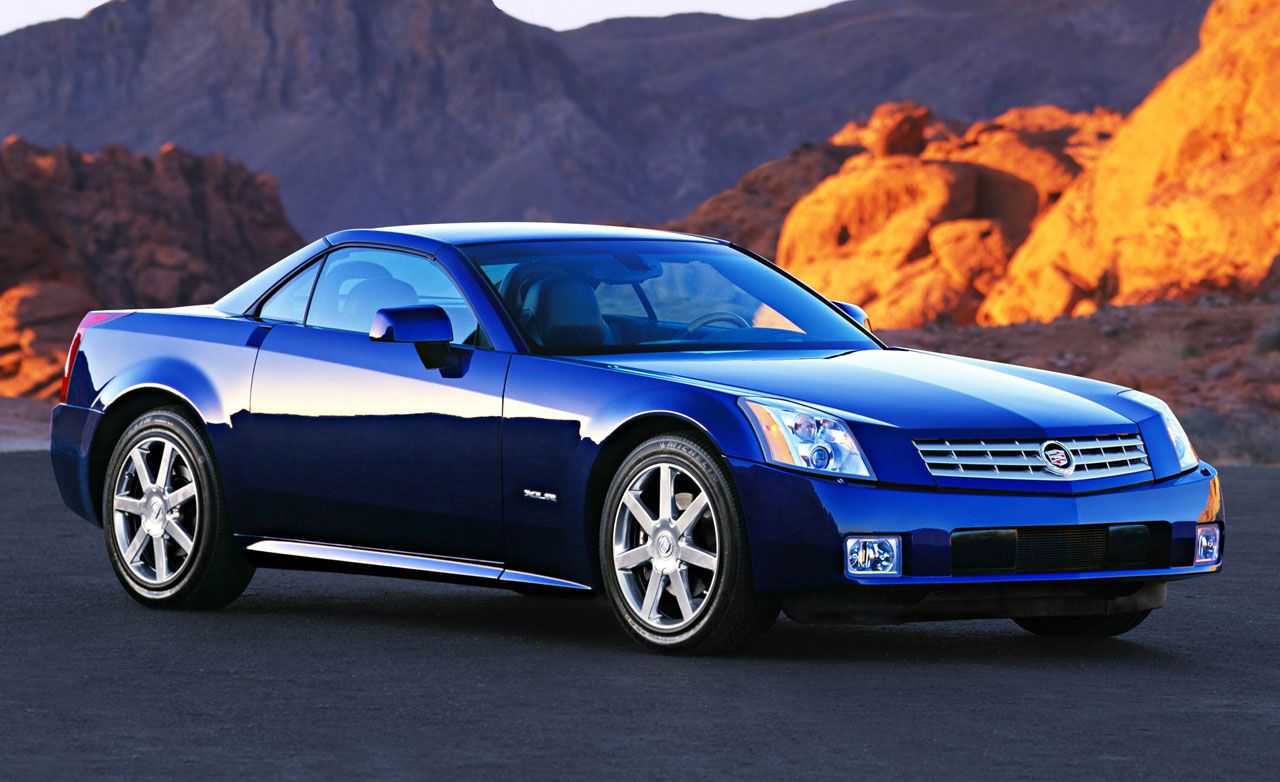
The Cadillac XLR/XLR V
The Cadillac XLR was the company’s first attempt at making a sports car. It was built using the same platform as the Chevy Corvette and included a rear-mounted transaxle to help balance the weight. A V8 engine gave it the power to move quickly and handle curves on the road.
The higher-performance version was called the Cadillac XLR V, and it came with nearly 450 horsepower. The issue was that the XLR was heavier and had less power than the Corvette, yet it was priced similarly to luxury imports like Mercedes-Benz. Because of that, sales slowed down so much that dealers had trouble selling the ones they already had.
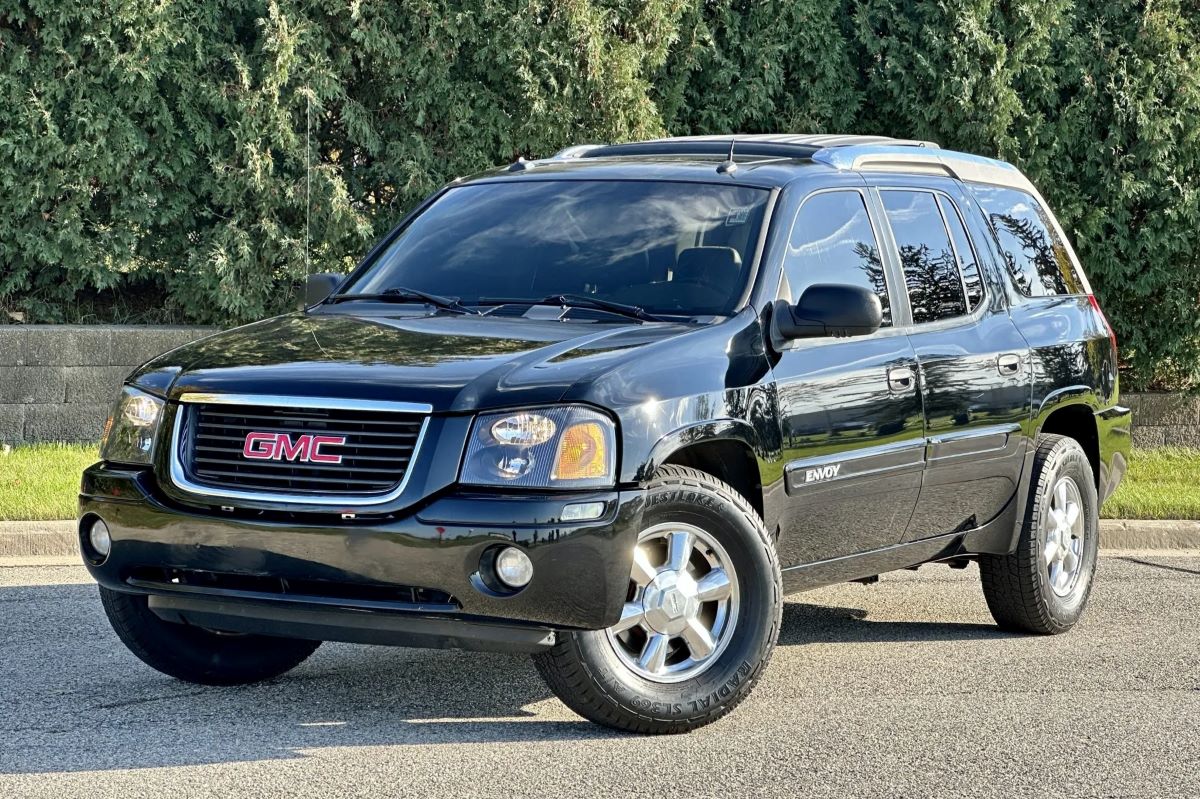
GMC Envoy XUV
The GMC Envoy XUV seemed like a smart idea at first, giving buyers something that blended a car and a truck. But it didn’t come close to the sales numbers that were expected.
Just looking interesting wasn’t enough, and those who bought one were let down because, while the design looked promising, the way it was built didn’t live up to it.
The retractable roof was a clever feature that let drivers haul bigger items than most other SUVs. But the windows and seals had serious leaking problems, which made the drawbacks more noticeable than the good parts. At least the vehicle had good visibility, and the raised seats were easy to get into and comfortable enough for long drives.
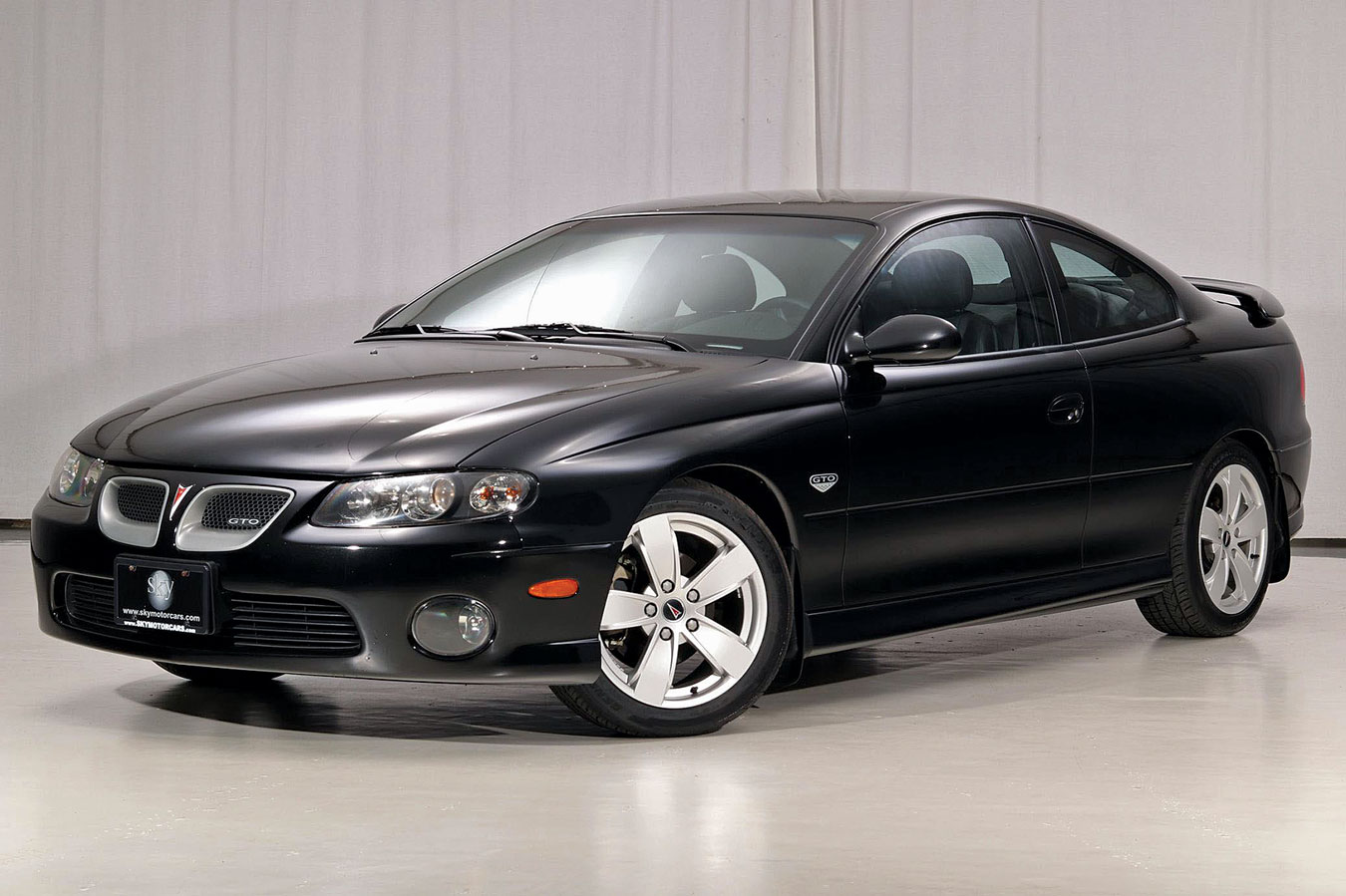
Pontiac GTO
Back in the 1960s, during the muscle car era, the Pontiac GTO was a well-known name. It had a strong reputation for going head-to-head with some of the most powerful cars of its time. With a 400 V-8 engine producing between 350 and 375 horsepower, it could go from 0 to 60 mph in under five seconds.
The GTO was discontinued in 1974 due to the oil crisis, high insurance rates, and rising fuel prices, though it didn’t stay gone for long.
It came back in 2004, but most people didn’t like the updated version. Because the design took so long to complete, it ended up looking plain and out-of-date by the time it reached showrooms.
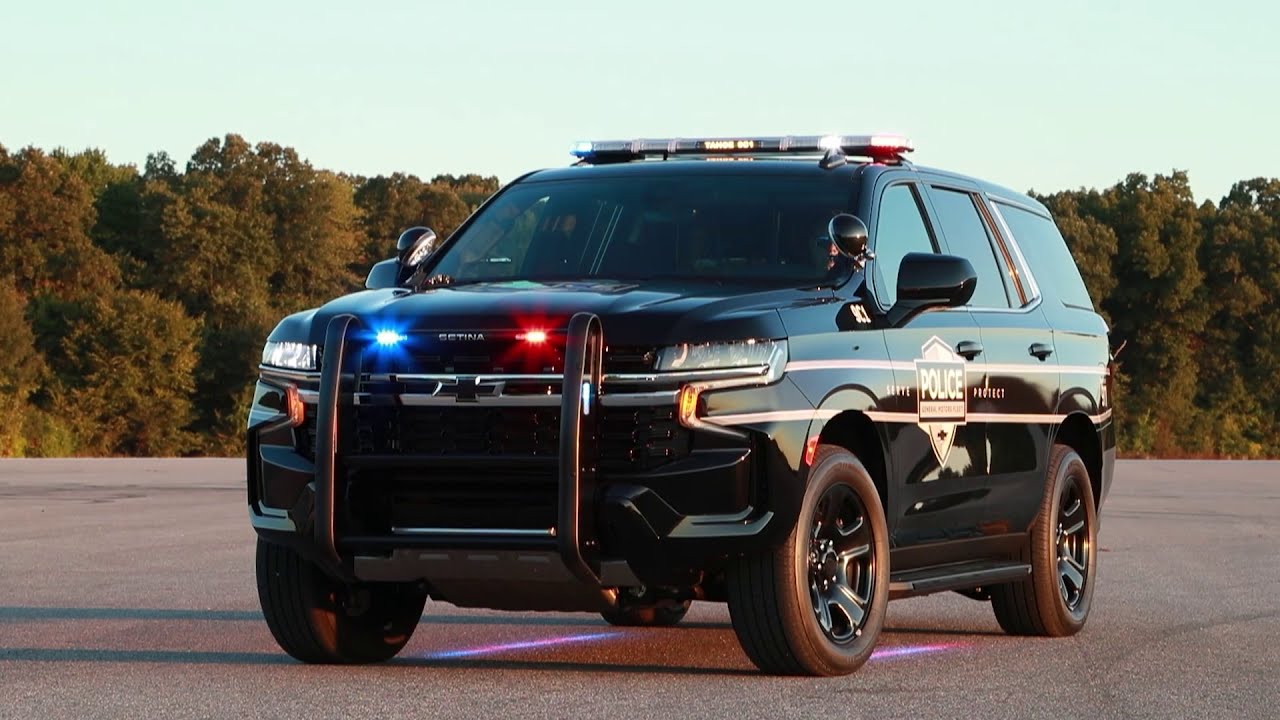
Chevrolet Tahoe
The hybrid movement really took off with the Prius. Many people who wanted to reduce their carbon footprint bought one because it was a proven way to cut down on emissions. When interest in hybrids was at its peak, Chevy considered some of their bigger, gas-hungry vehicles, like the Chevrolet Tahoe.
The Tahoe Hybrid was actually a solid vehicle for its size. But when buyers saw that it only got 21 miles per gallon compared to the 50 miles per gallon offered by smaller hybrid cars, it was less appealing.
The biggest issue, though, was timing. By the time Chevy released the Tahoe Hybrid, people had already started shifting their attention to fully electric vehicles.
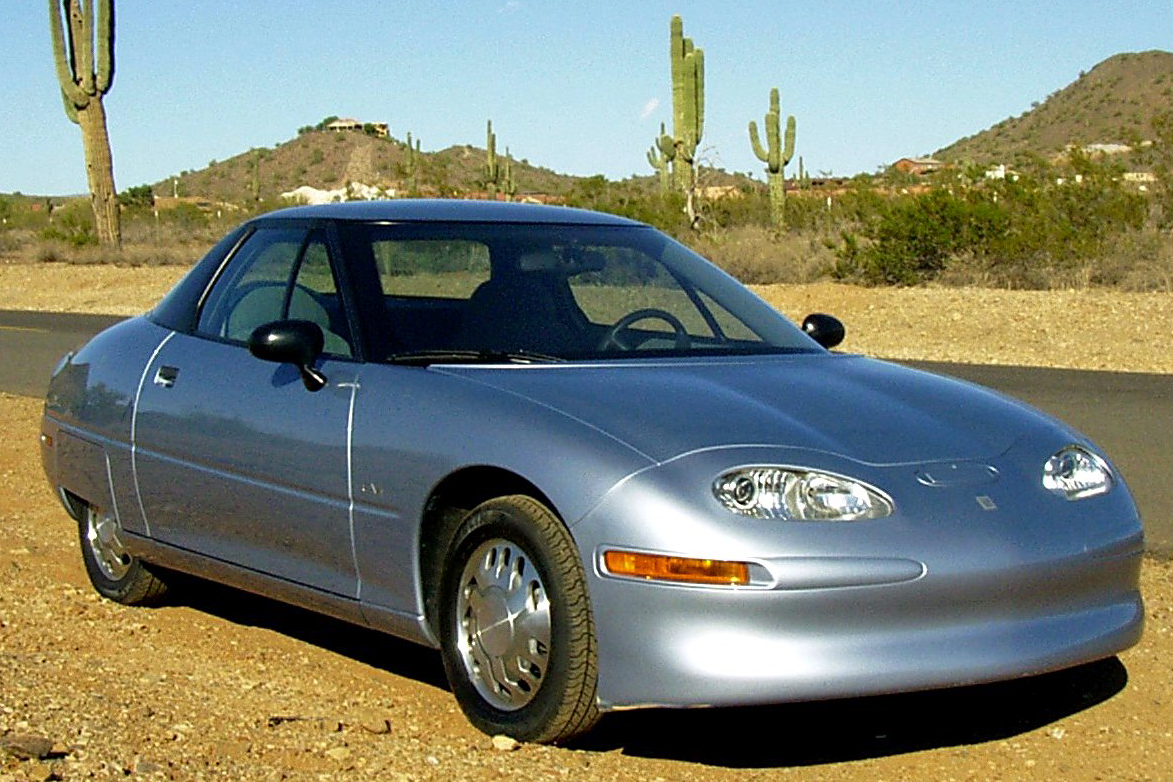
GM EV1
Some people say GM didn’t want the electric car to succeed because it might hurt their profits from selling engine parts. Others believe GM didn’t want to upset the oil companies, who had a lot of control over the economy.
But the simple fact is that the GM EV1 came before people were really ready for it. Drivers wanted a cleaner way to get around, but they weren’t ready to stop every 50 to 100 miles just to recharge.
The EV1 wasn’t sold—only leased—so GM never saw high demand. Today, electric vehicles are everywhere, and the technology has caught up with the original ideas. If the EV1 had been offered for sale to the public, it might have had a real shot.
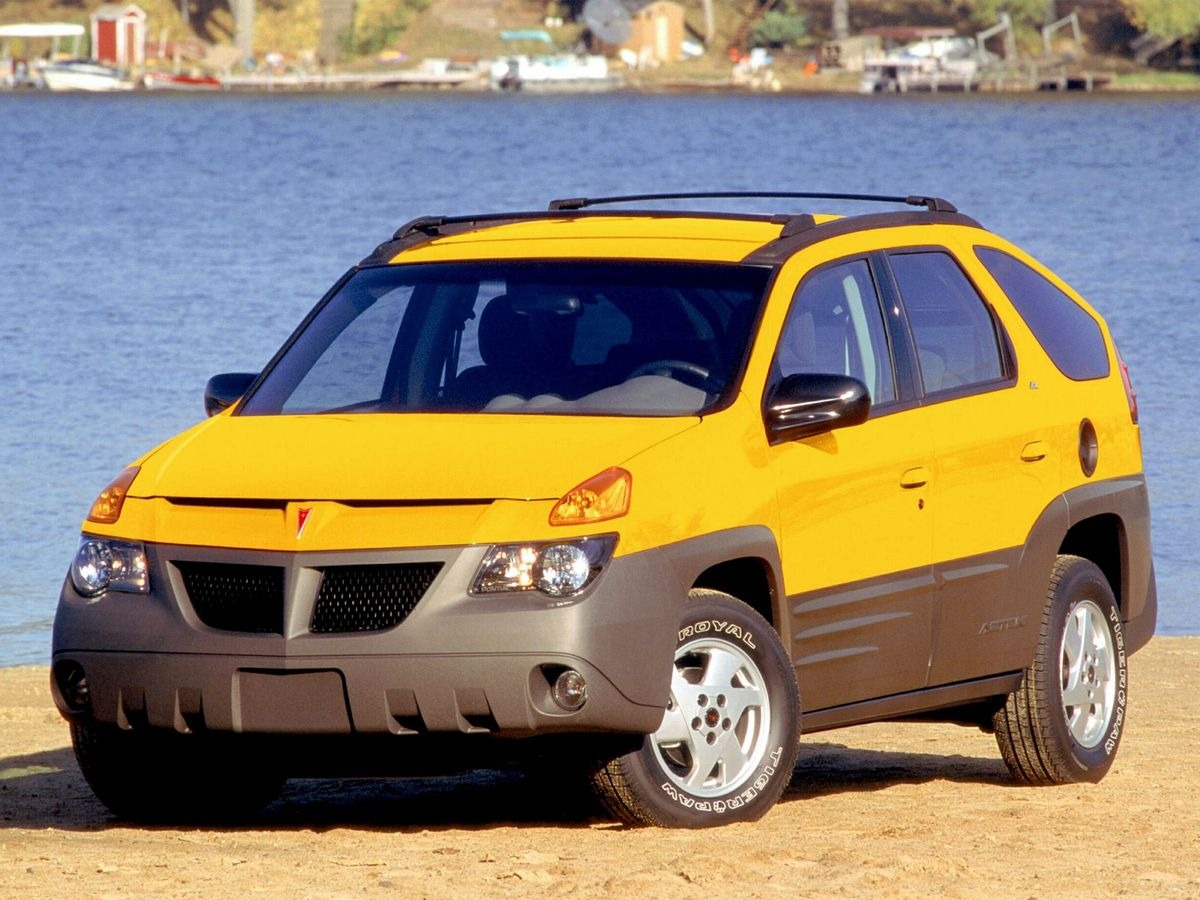
Pontiac Aztek
The Pontiac Aztek is one of those vehicles that many people disliked right away, including some of the GM employees who were asked to give their opinions.
Despite the negative feedback, company executives ignored it, believing the design was fresh and would become a big success. They were wrong, as the sales numbers were far lower than expected.
The problem wasn’t just the way it looked. The Aztek was promoted as a capable SUV, but in reality, it was more like a minivan. Its all-wheel-drive system was only made for regular roads, not for rough terrain.
Most customers felt that if they were going to buy something that drove like a minivan, they might as well get a real one that had more space and practicality.
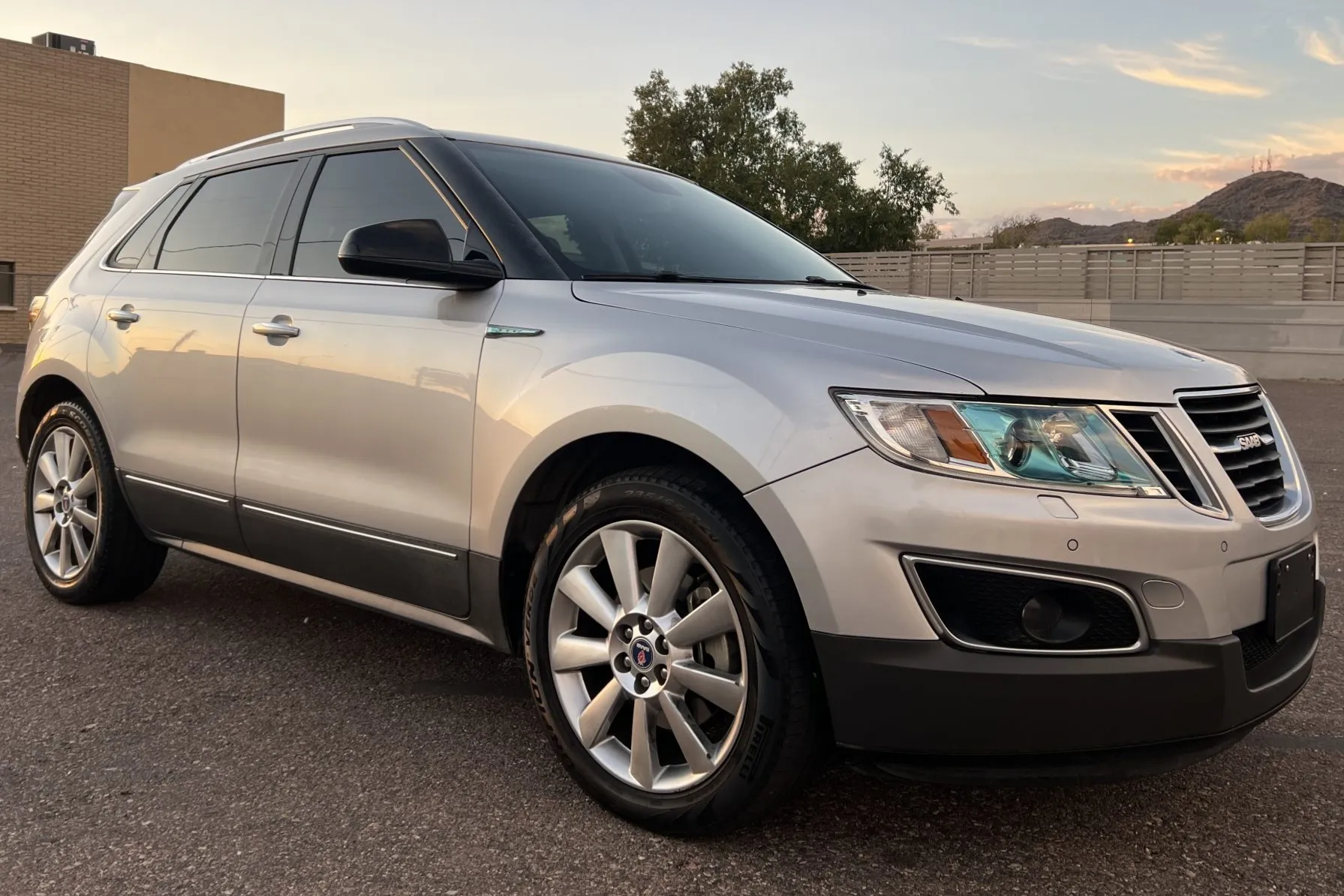
Saab 9-4X
Saab was a small car company that teamed up with GM to build the Saab 9-4X and bring it to American dealerships. The big issue for Saab was that it couldn’t keep up with the larger car companies around the world. To survive, it was trying to merge with or sell to another company.
GM wouldn’t continue working with Saab until all business agreements were finalized. Because GM was a major player in China at the time, they didn’t want to risk helping competitors in that market. So, they pulled back from the Saab 9-4X project and focused on other plans instead.
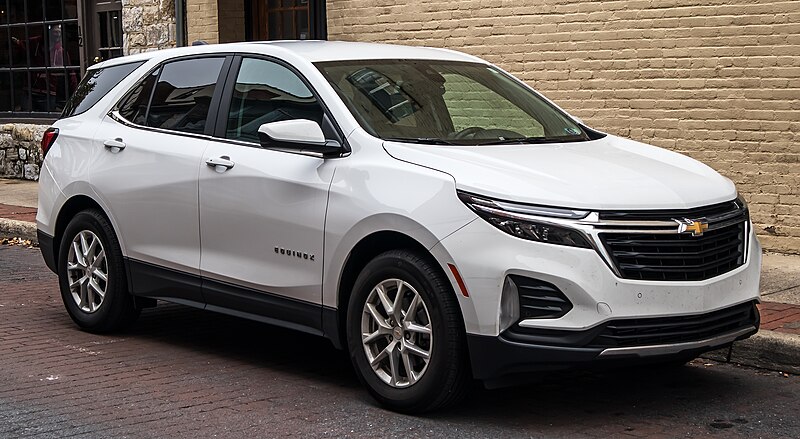
2018 Chevrolet Equinox
The 2018 Chevrolet Equinox may not be the most thrilling car GM has made, but it definitely earns a place on this list. It’s a strong and reliable choice for families, built to last and ready to serve for many years.
The third generation started in 2018, and these models have been powered by inline-four turbocharged and diesel engines, giving enough power for most family needs.
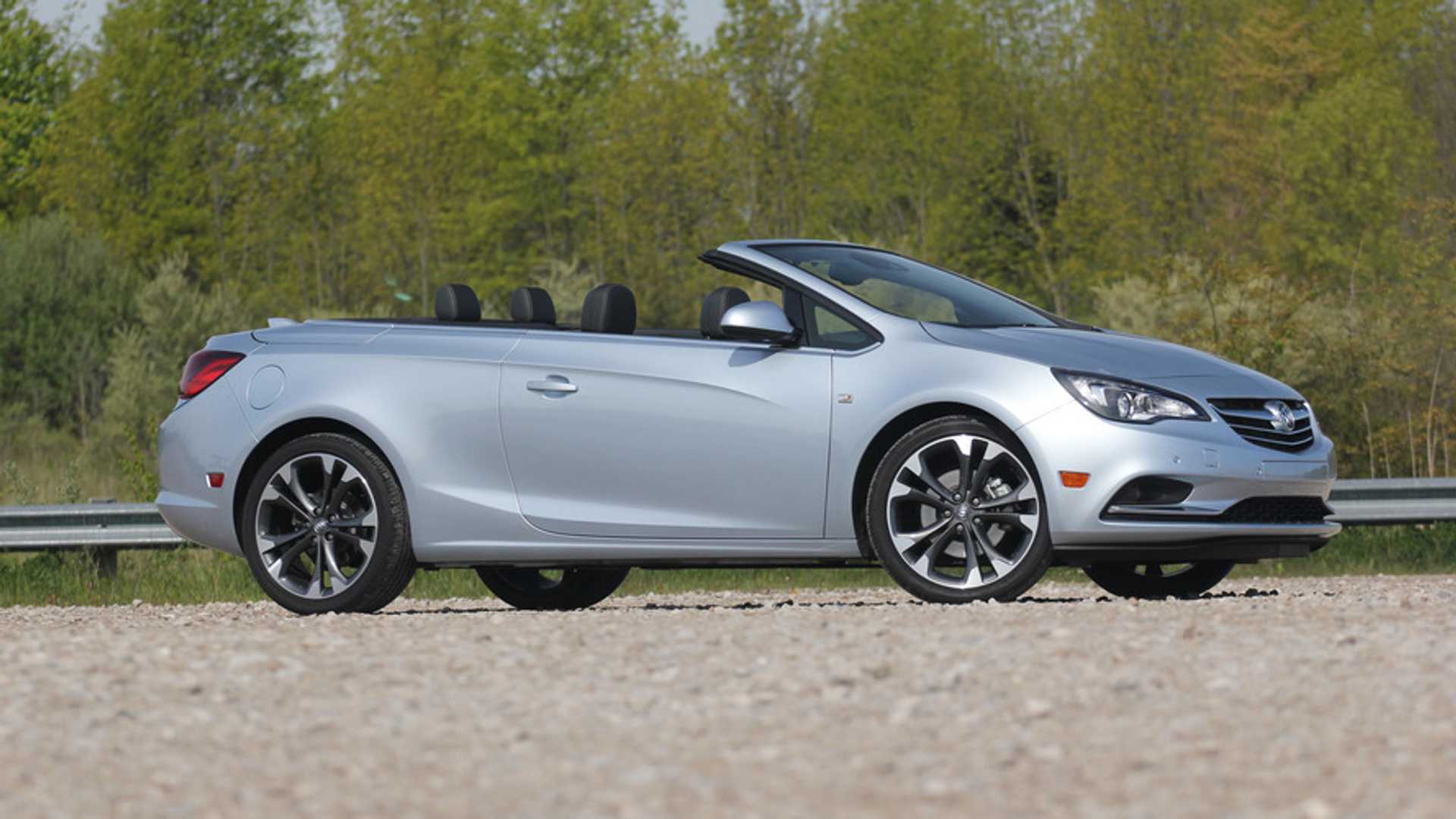
2017 Buick Cascada
Buick doesn’t always get the recognition it should these days. But now and then, they create a really great car. A good example is the 2017 Cascada. This convertible looks beautiful, was designed in Germany, and uses GM’s Delta II platform.
The Cascada came with a range of inline-four turbo engines, as well as a diesel option. It was available with both manual and automatic transmissions. This stylish convertible stopped being made in 2019.
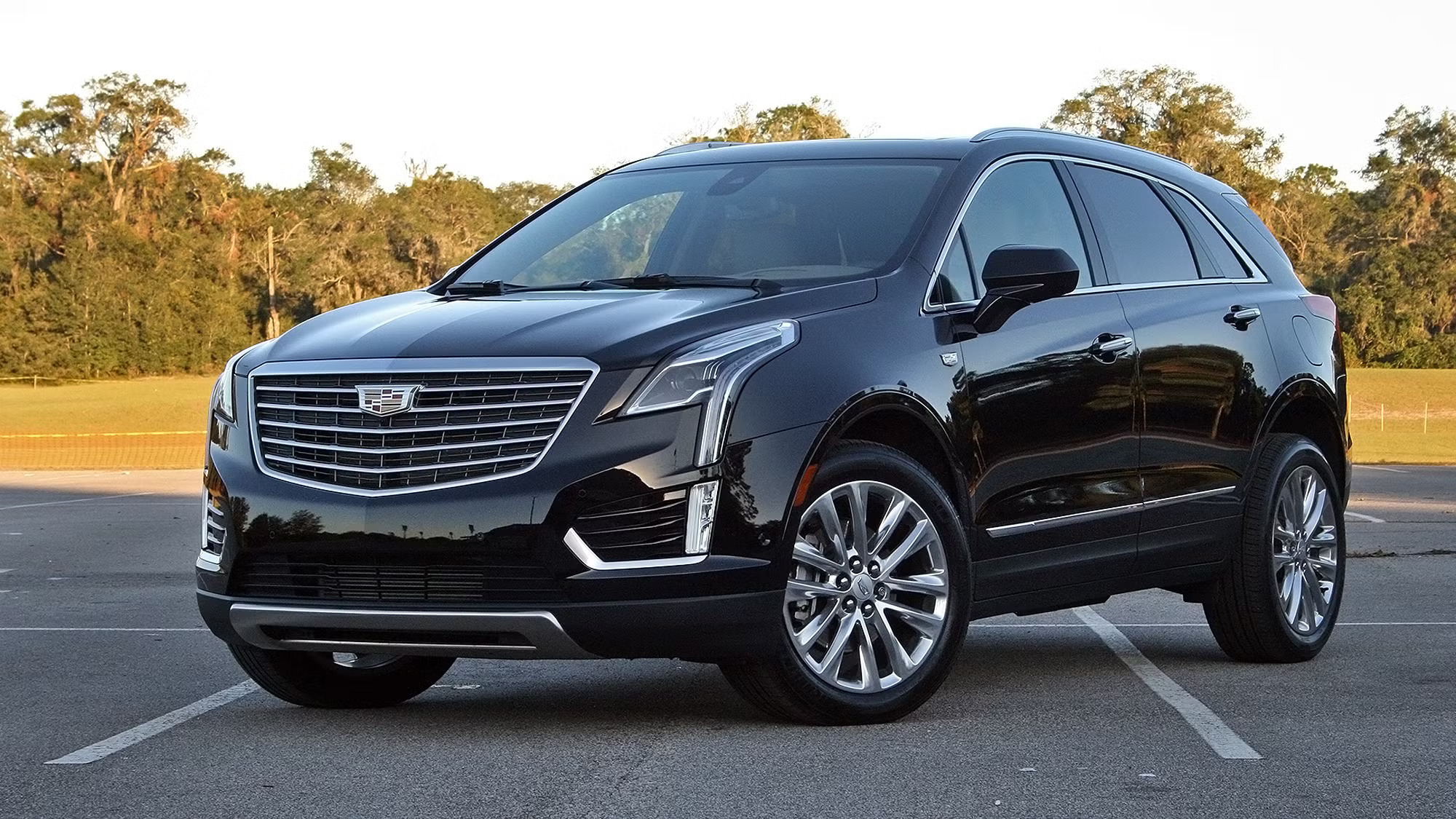
2018 Cadillac XT5
This might seem like a less exciting entry on the list, but the Cadillac XT5 is a solid choice. It first came out in 2016 and is a very fancy SUV that offers either a turbocharged inline-four or a naturally aspirated V6 engine.
On top of that, the XT5 comes packed with features like a 360-degree camera, a high-quality infotainment system, and a digital rear-view mirror.
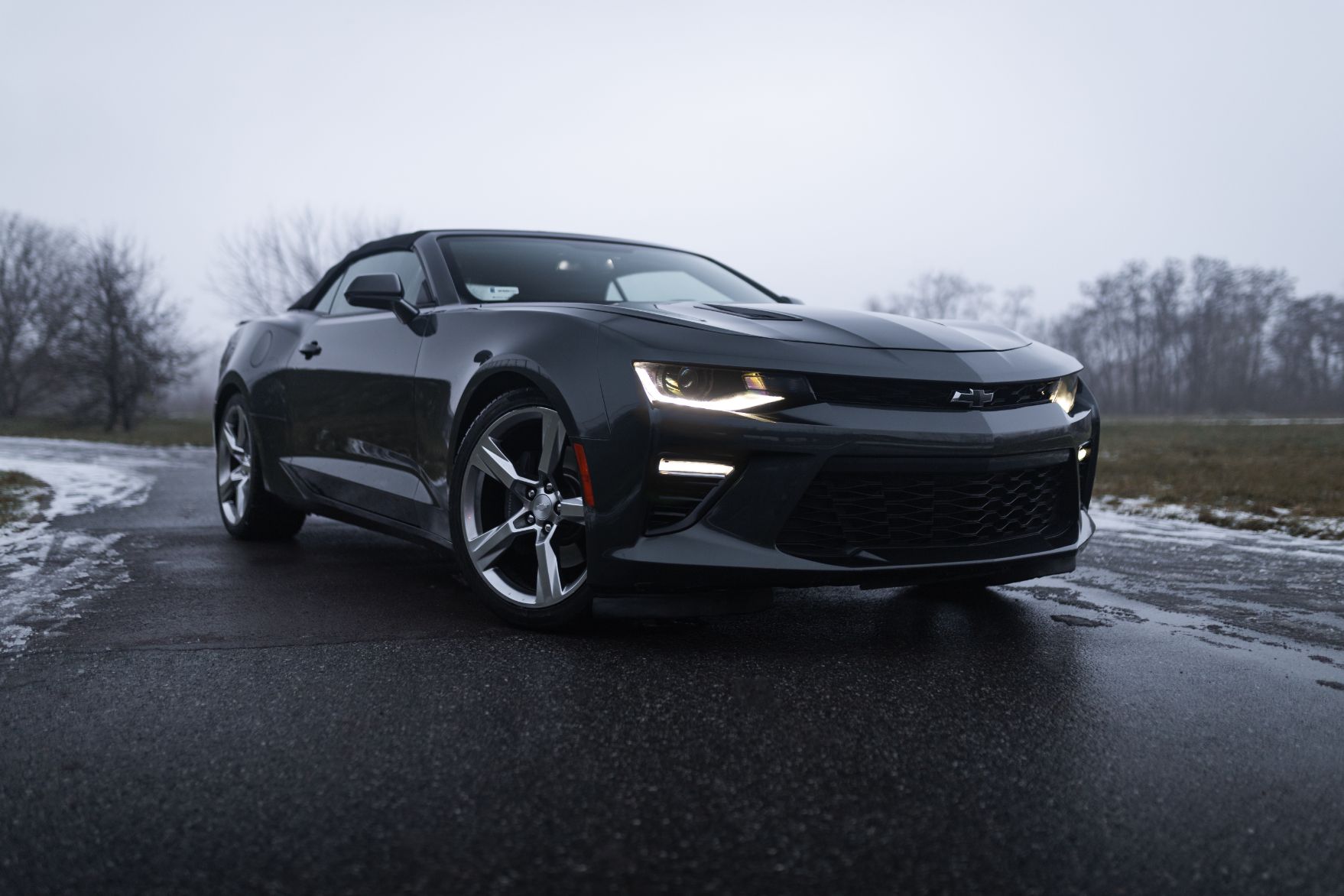
2017 Chevrolet Camaro
Whenever a new Chevrolet Camaro is released, you can expect it to be impressive, and the 2017 version certainly didn’t disappoint.
The Camaro has become one of the most well-liked modern muscle cars out there. In 2017, the 1LE performance package returned, boosting its power, and the ZL1 version could reach a top speed of 205 mph.
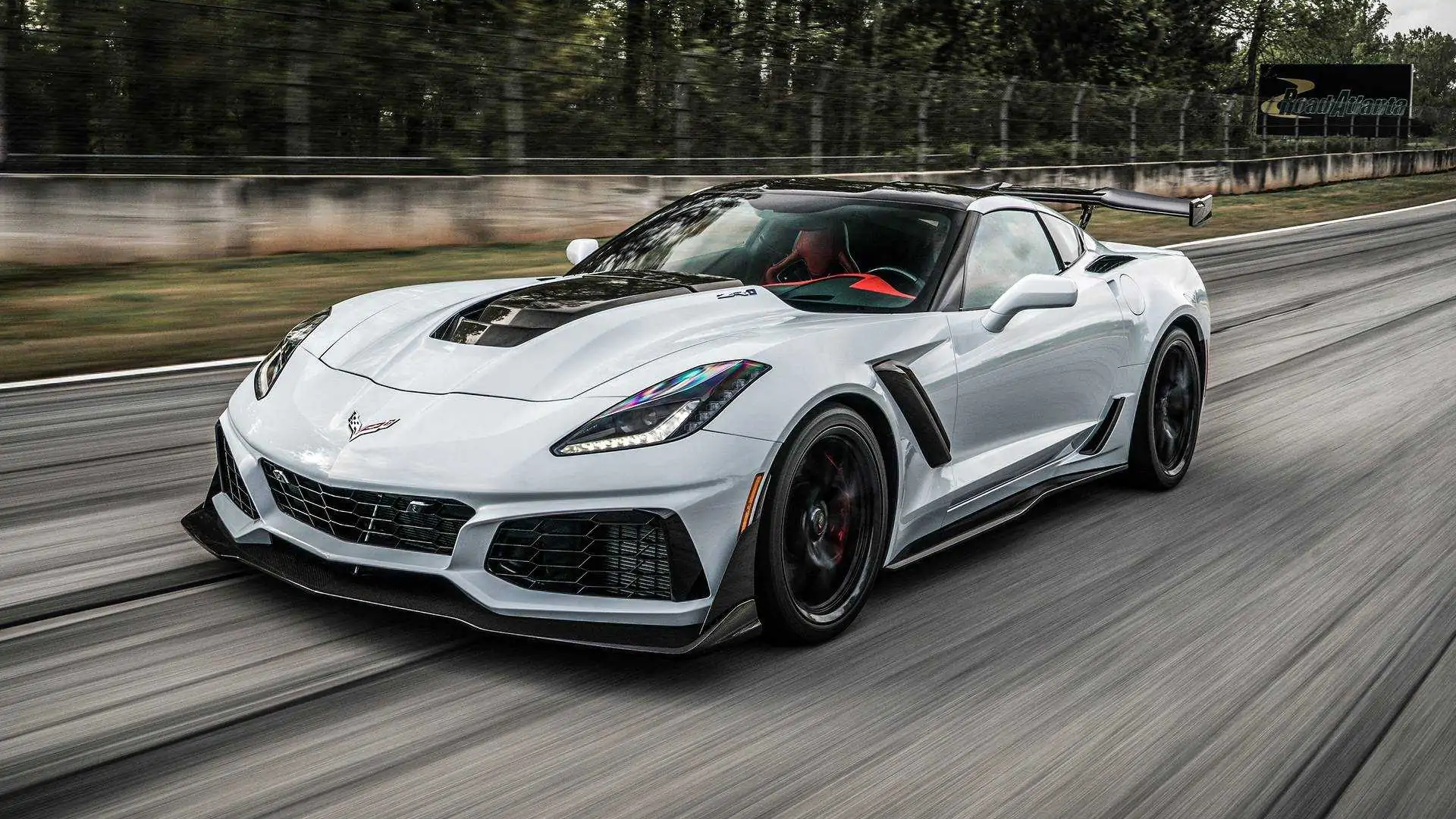
Chevrolet Corvette C7
The seventh generation of the Corvette, known as the C7, is considered one of the most respected modern versions of this famous sports car. Its release was actually pushed back by three years, with the first C7 not appearing until 2014, even though it was originally planned for 2011.
The Grand Sport version was brought back for this generation, and the impressive ZR1 model returned in 2019. It featured a new LT6 engine and delivered a total of 755 horsepower.
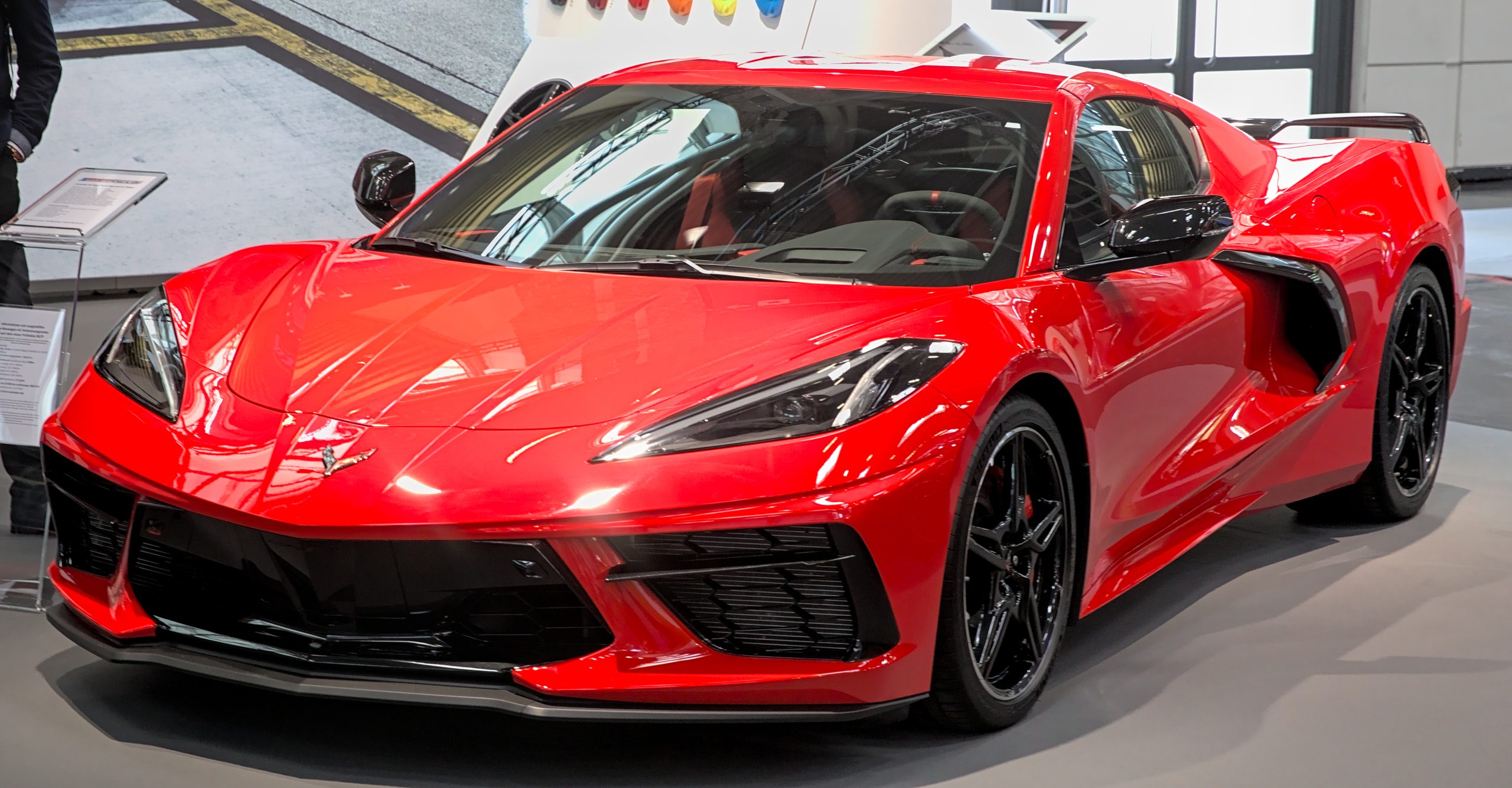
2020 Chevrolet Corvette C8
The 2020 Corvette C8 is a true achievement in terms of engineering. It became the first Corvette to have a mid-engine layout, which even surprised car designer Chip Foose.
It was also the first mid-engine production car made by GM since the 1984 Pontiac Fiero, making it an important milestone not just for Corvette but for GM as a company.
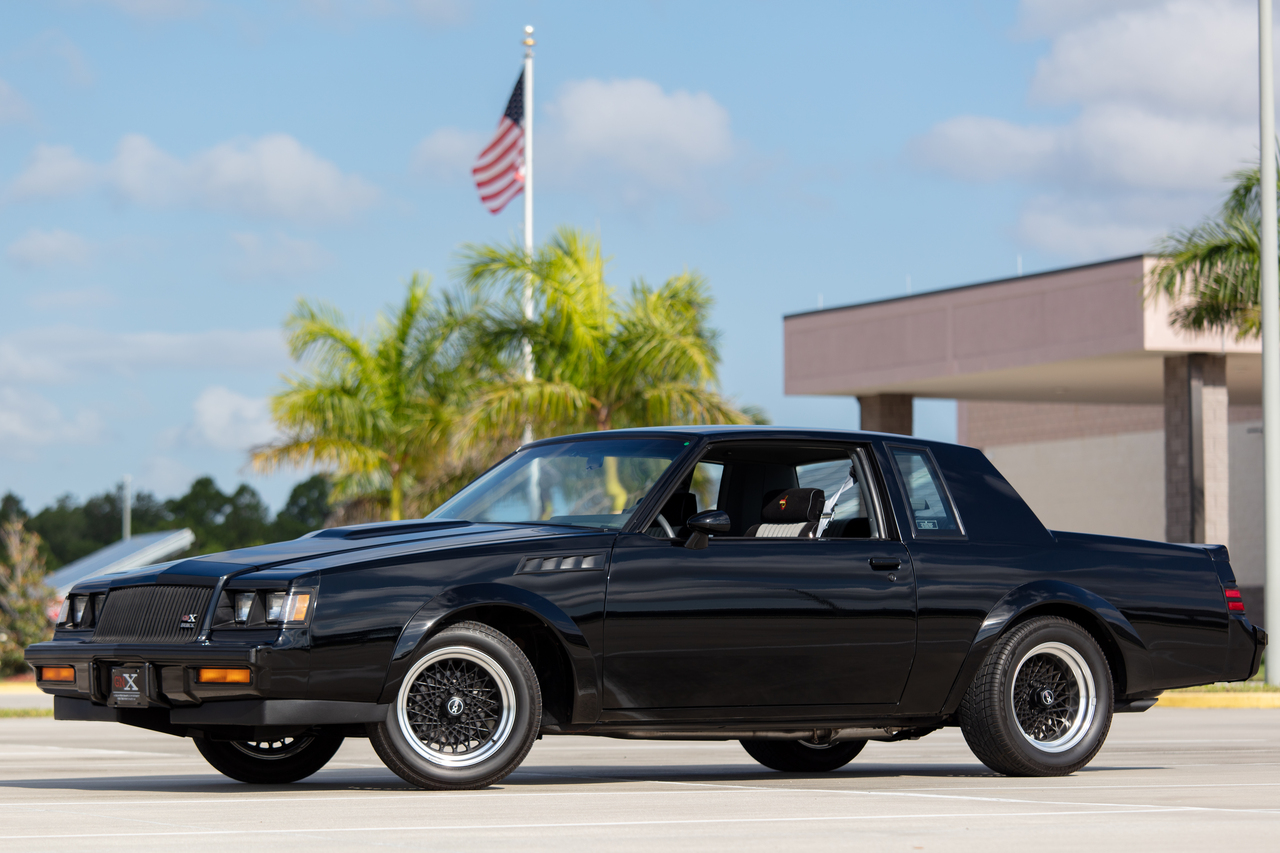
2019 Buick Regal
The 2019 Buick Regal is one of those cars that probably deserves more attention than it usually gets. There’s no question that it’s a very good-looking vehicle.
The Regal’s history goes back to 1973, but it was no longer sold in North America after 2020. The 2019 version was part of the sixth generation and was closely related to the Opel Insignia, which was sold in Europe.
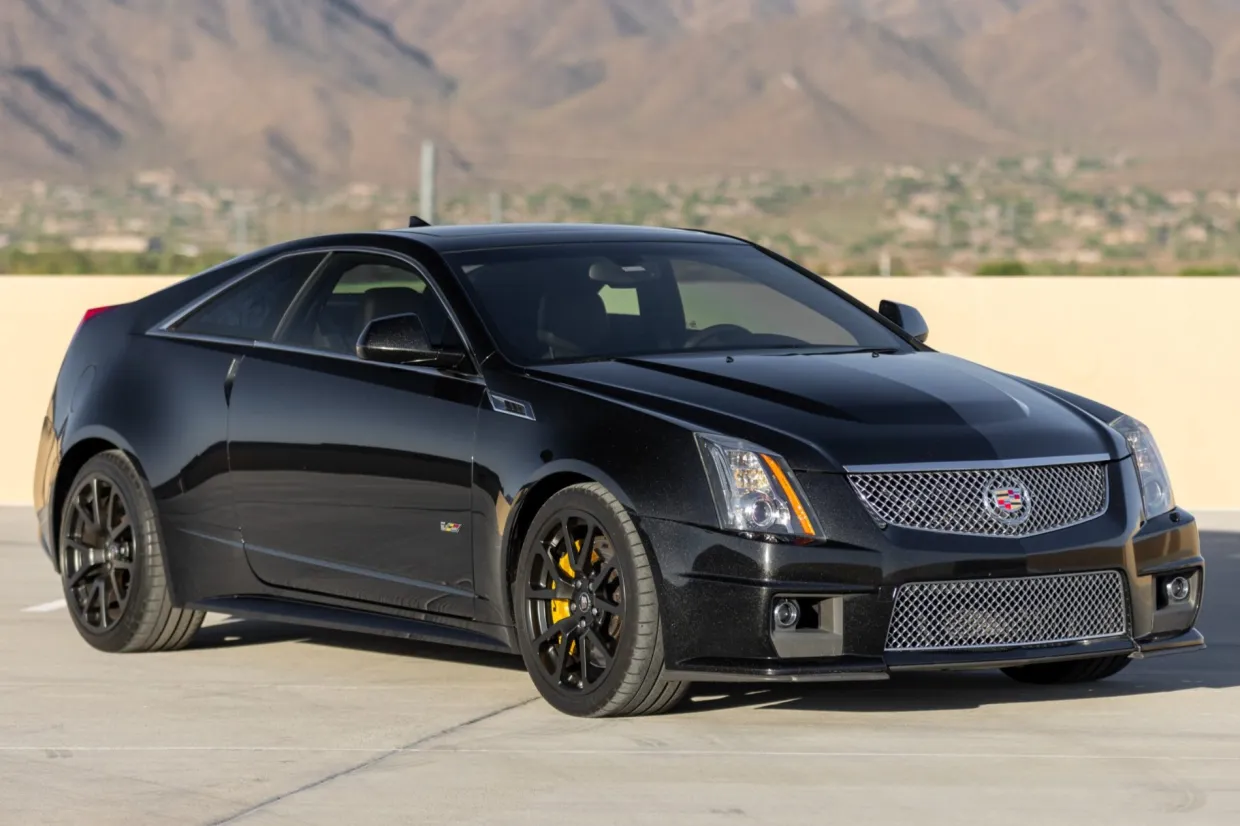
Cadillac CTS-V Coupe
When Cadillac makes a performance car, it can be something really special. The CTS-V Coupe is a great example of that.
This car came with a 556-horsepower supercharged V8 engine and a six-speed manual transmission. At full power, it could reach an amazing top speed of 191 mph. It’s one of the best combinations of Cadillac’s luxury and high performance.

Chevrolet Bolt EV
Chevrolet deserves recognition for what it achieved with the Bolt EV. You can think of it as what the EV1 from the 1990s was meant to become.
The Bolt is built with a battery pack in the floor, which gives it both good balance and space. It’s fun to drive, practical, and offers strong torque. Plus, its 239-mile range on a full charge is quite impressive.
Also Read: 10 Longest-Running Vehicle Generations Still in Use
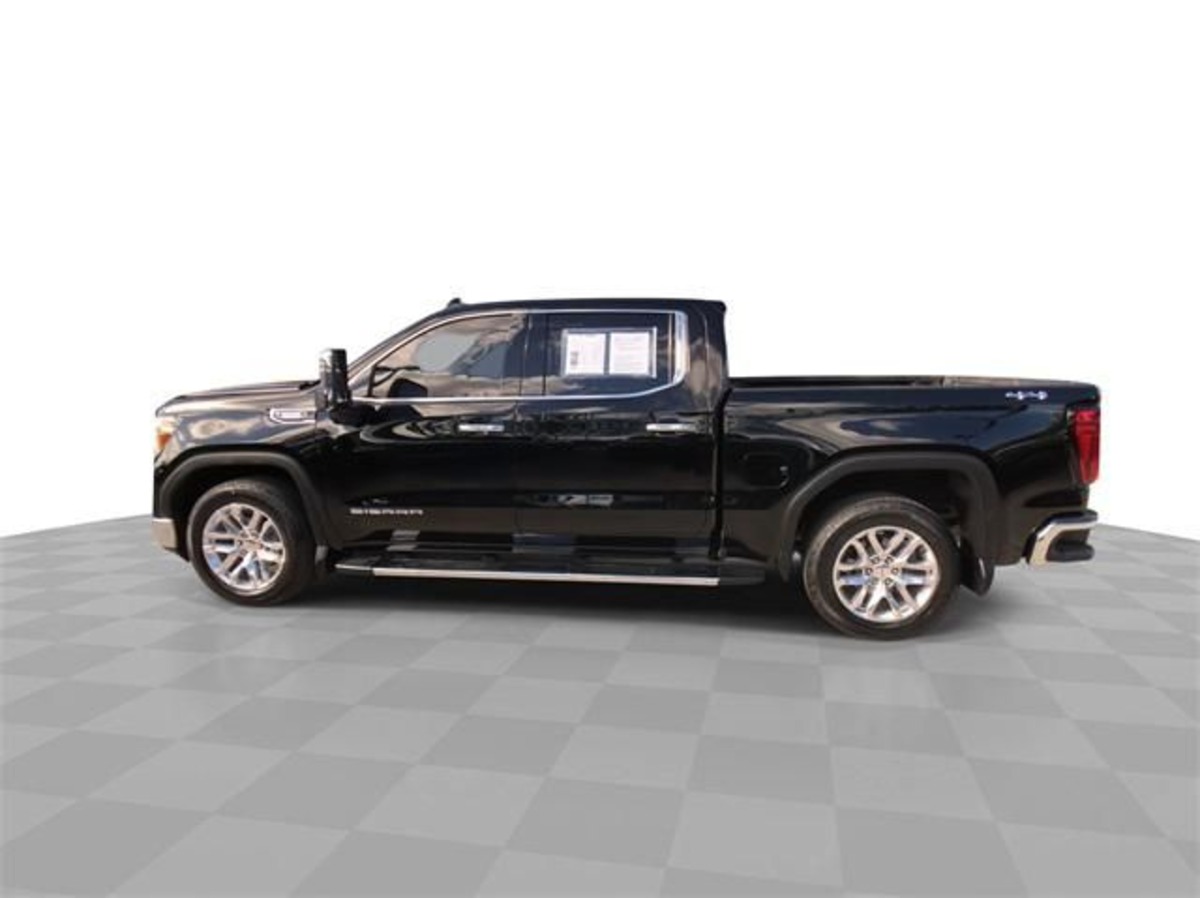
2021 GMC Sierra 1500
GMC knows how to make a strong truck, and the 2021 Sierra 1500 fits that description. Even Top Gear gave it four out of five stars.
GMC’s turbo diesel engines are often quieter than those in Ford or Chevy trucks. It’s not always talked about, but the fact that it shares a platform with the Silverado 1500 adds to its strengths.

